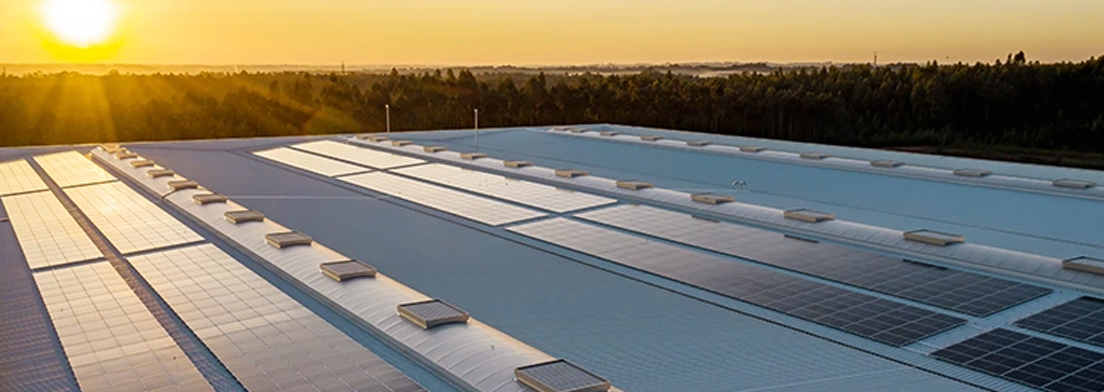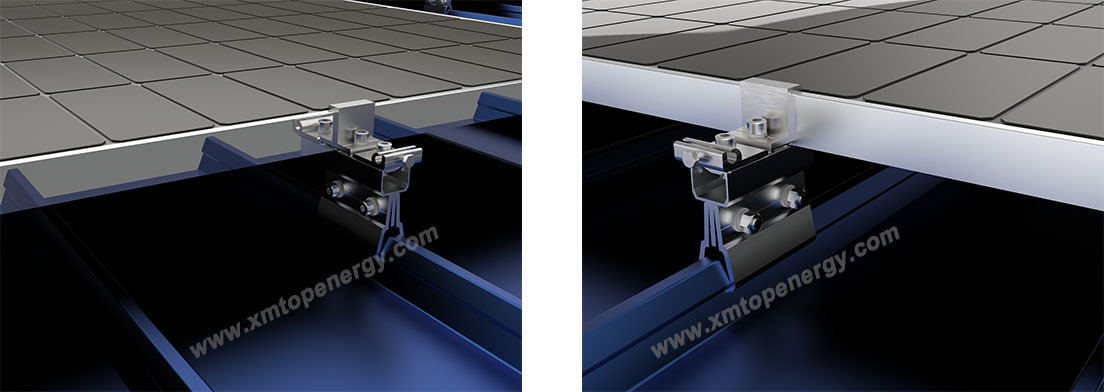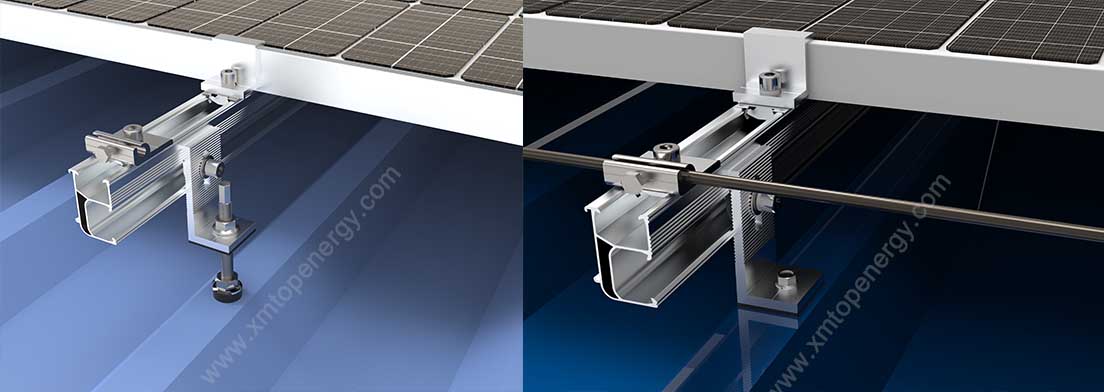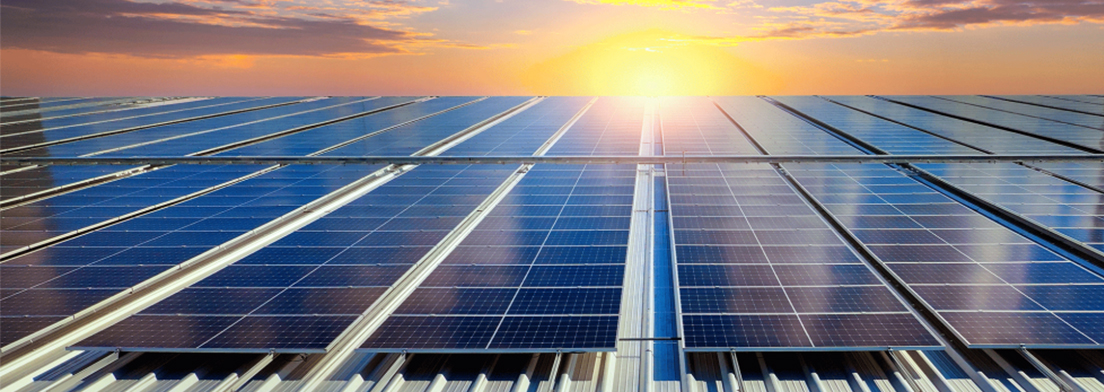As solar adoption continues to rise across Southeast Asia and beyond, understanding the best solar mounting solutions for metal roofs is crucial for both residential and commercial installations. Metal roofs—especially trapezoidal and corrugated types—offer unique challenges and opportunities when integrating solar PV systems. In this post, we’ll explore various solar metal roof mounting methods and compare which are more suitable for residential versus commercial buildings.

Before diving into the mounting types, it’s important to assess:
Roof Type: Corrugated, trapezoidal, standing seam, etc.
Structural Load Capacity: Residential roofs often have lighter structures.
Waterproofing Needs: Penetration risks vary by solution.
Project Scale: Commercial systems are typically larger and require faster, more scalable installation.
Aesthetics and Maintenance: Especially critical for homeowners.
Below is a breakdown of the most common metal roof mounting methods and their suitability for residential and commercial applications:
Design: Specially engineered aluminum clamps grip onto the standing seam or metal ribs without drilling.
Best For: Standing seam metal roofs
Key Benefit: Zero roof penetration = No leakage
Install Speed: Fast
Residential: Great option due to aesthetic and waterproofing advantages
Commercial: Ideal for large-scale standing seam projects

Design: Solar modules are mounted directly onto clamps or brackets without traditional aluminum rails.
Key Benefit: Lower material cost, lighter load
Install Speed: Very fast
Notes: Precise panel alignment is crucial
Residential: Ideal for small/medium roofs with budget constraints
Commercial: Applicable if the roof is even and well-planned
Design: Short rail sections are attached to roof fasteners or clamps, reducing aluminum usage compared to full-length rails.
Key Benefit: Good balance between structure and material use
Install Speed: Moderate
Notes: Slightly better airflow and aesthetics than rail-less
Residential: Suitable for efficient installations
Commercial: Good for medium-scale systems

Design: Simple L-shaped brackets secured to the metal roof with self-drilling screws, then attached to rails.
Key Benefit: Cost-effective and widely available
Waterproofing: Requires sealing with EPDM or butyl
Residential: Viable if waterproofing is properly handled
Commercial: Used for economy-driven large installs
Design: Hanger bolts provide elevated and adjustable solar mounting. Typically used with wood or purlin structures under metal sheets.
Key Benefit: Better elevation and alignment
Install Speed: Slower due to drilling and sealing
Waterproofing: Critical to apply proper flashing
Residential: Used when additional clearance is needed
Commercial: Ideal for uneven roofs or ventilation needs

There’s no universal “best” solar mounting solution—each system must be tailored to the solar roof structure, local weather conditions, and project goals. For residential homes, aesthetics, waterproofing, and cost-efficiency are priorities. Roof clamps and rail-less systems often work well. On commercial buildings, speed, scalability, and durability matter more—making hanger bolts, mini rails, and L-brackets practical choices.
Need help choosing the best solution for your metal roof? Reach out for a project-specific recommendation!

 Xiamen TopFence Co.,Ltd.
Xiamen TopFence Co.,Ltd. No. 77, LingXia South Road, Huli District, Xiamen City, Fujian, China
No. 77, LingXia South Road, Huli District, Xiamen City, Fujian, China tel: +8613365923720
tel: +8613365923720
 E-mail: info@xmtopfence.com
E-mail: info@xmtopfence.com
 IPv6 rete supportata Mappa del sito
| XML
| Blog
| politica sulla riservatezza
IPv6 rete supportata Mappa del sito
| XML
| Blog
| politica sulla riservatezza


